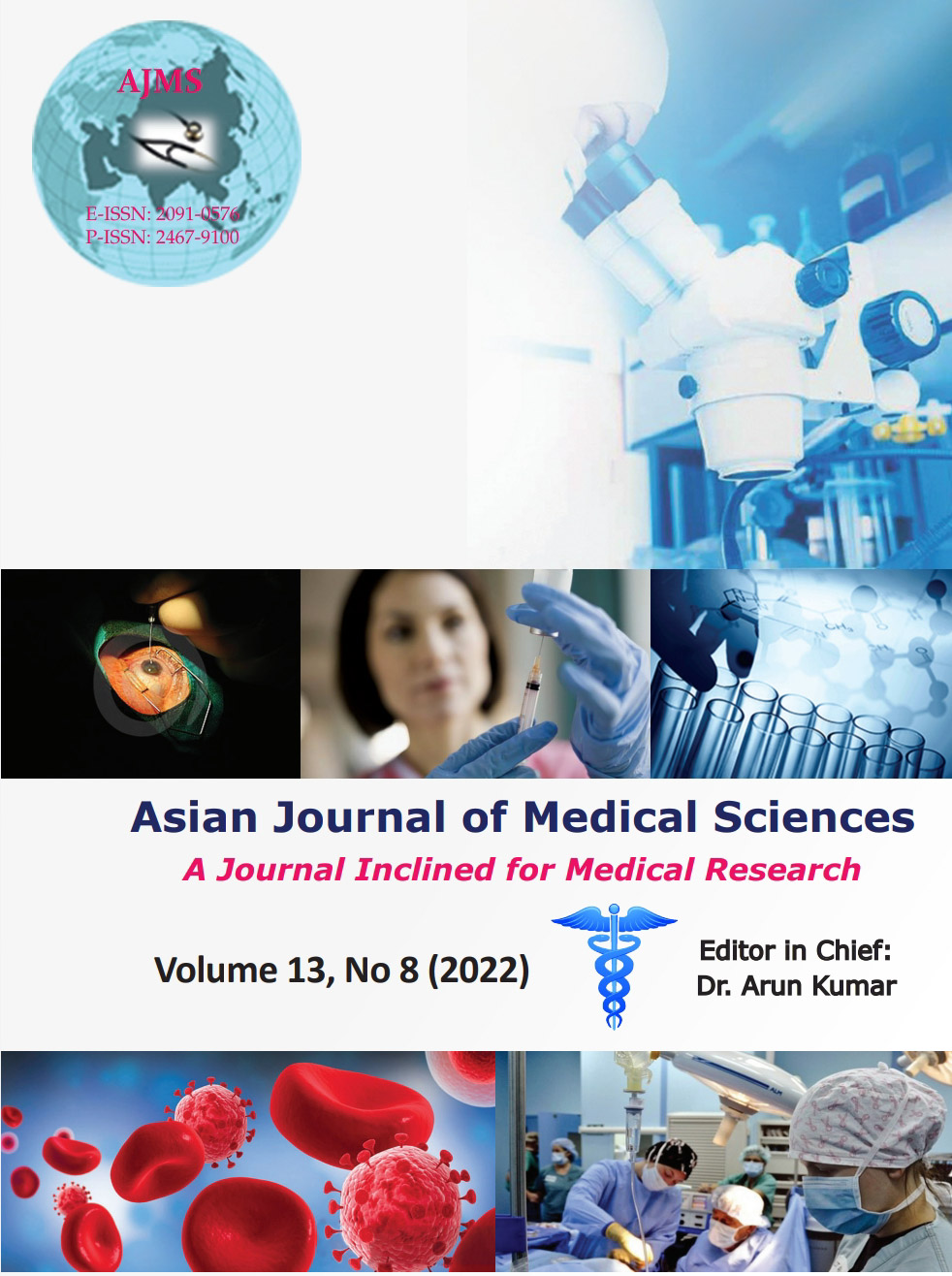Teratogenic effects of Propylthiouracil on Swiss albino mice fetuses – A gross study
Keywords:
Propylthiouracil; Hyperthyroidism; Teratogenic profile; Growth parametersAbstract
Background: Propylthiouracil is an antithyroid drug used to treat hyperthyroidism in pregnancy, as euthyroid state is necessary for optimal pregnancy outcome. Few reports of fetal anomalies are associated with propylthiouracil use as compared to other antithyroid drugs, having severe teratogenic profile.
Aims and Objectives: The present study has been conducted to divulge the teratogenic profile of propylthiouracil by observing its gross effects on mice fetuses, as limited data are available despite extensive usage of drug in pregnancy.
Materials and Methods: A 100 mg/kg body weight/day of propylthiouracil was orally administered to pregnant Swiss albino mice on the 6th, 7th, and 8th days of gestation (treated group), while distilled water was given orally to pregnant dams of the control group (same volume and for same duration). The fetuses were collected, weighed, and studied for gross abnormalities after sacrificing the pregnant dams on the 18th day of conception.
Results: In the present study, the treated group shows reduction in various growth parameters (mean body weight, mean crown-rump length, etc.) depicting growth retardation, in comparison to the control group. On examination, engorged cutaneous vessels, external hemorrhage, and omphalocele were also observed in the treated group.
Conclusion: As propylthiouracil is observed to have teratogenic outcome, hyperthyroidism during the first trimester must be treated with minimum effective dose of the drug.
Downloads
Downloads
Published
How to Cite
Issue
Section
License
Copyright (c) 2022 Asian Journal of Medical Sciences

This work is licensed under a Creative Commons Attribution-NonCommercial 4.0 International License.
Authors who publish with this journal agree to the following terms:
- The journal holds copyright and publishes the work under a Creative Commons CC-BY-NC license that permits use, distribution and reprduction in any medium, provided the original work is properly cited and is not used for commercial purposes. The journal should be recognised as the original publisher of this work.
- Authors are able to enter into separate, additional contractual arrangements for the non-exclusive distribution of the journal's published version of the work (e.g., post it to an institutional repository or publish it in a book), with an acknowledgement of its initial publication in this journal.
- Authors are permitted and encouraged to post their work online (e.g., in institutional repositories or on their website) prior to and during the submission process, as it can lead to productive exchanges, as well as earlier and greater citation of published work (See The Effect of Open Access).




